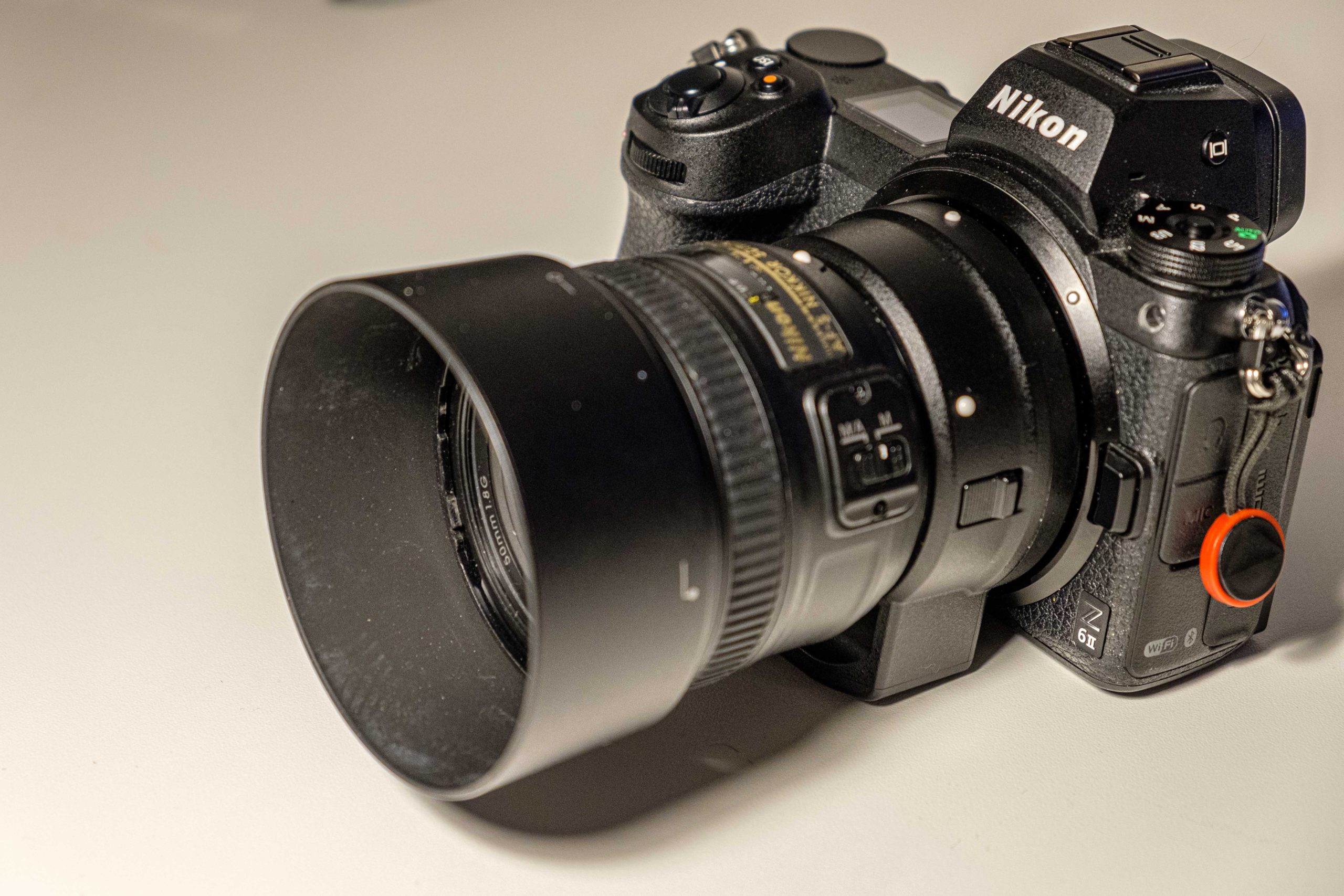A brand new camera
When the Z6ii came out, the world of reviewers agreed that the Z6ii was basically a Z6 with an additional processor and an additional memory slot. Probably because the cameras on the outside are almost similar. In other words, the Z6ii is not a major upgrade from the Nikon Z6, that many considered to be Nikons not-too-impressive entry into the mirrorless world. But Nikon gained some credit for actually listening to the critique raised towards the Z6, but still the Z6ii was positioned by many as a mild update of the Z6.

I could not disagree more. I will go to the other extreme and say that the Nikon Z6ii is at a whole new league relative to the Z6. The heart of my argument is the extra EXPEED processor that Nikon added to the Z6ii. If you think about it: Why did Nikon add an additional processor? Was it just to make the spec list look better or is there a bigger picture behind this move? In a world that lacks semiconductors (November 2021), would it not be strange that Nikon added an additional CPU to their camera unless there was a compelling reason?
What many don’t realize is that a camera today is more a computer than anything else. Computing power matters. Especially when we are talking computations needed for auto focus with eye detect etc., but also for FPS and clearing the buffer of images fast. Future software logic enhancements and firmware updates may need to have some headroom CPU wise to enable new functionality or better AF to be implemented – say if some of the Z9 AF capabilities were to be trickled down to the Z6ii or Z7ii.
Is the Z6 sufficient in some cases?
November 2021 I found the Z6 over at B&H for 1600 USD and the Z6ii for 2000 USD. That is a 25% price difference, and of course you need to make sure that the added functionality of the Z6ii is worth the extra money. The Z6ii has the same sensor, same buttons and dials, same viewfinder and same rear LCD, so other than the additional card slot, more advanced AF software and more computing power, many of the hardware items that go into making the Z6 and the Z6ii are exactly the same.
I would imagine that:
- if you do not to much photography where AF functionality is important,
- you are not a(n event) shooter where dual card slots is vital and
- you do not shoot much in low light
then the original Z6 could be sufficient for you. But I ask you to consider this carefully, as I doubt that for example future firmware updates related to AF will be done for the Z6 due to lack of computing power.
More computing power in the Z6ii
You can see from the spec list how much more computing power the Z6ii has relative to the Z6, for example:
- Camera buffer 124 RAW images (vs 35 before)
- Massively improved AF system
- 14 fps (12 fps)
- Video 4K at 60fps (30fps before)
The AF system is a major step forward, and I don’t think we will see the Z6ii improvements later implemented in the Z6, simply because the Z6 does not have computing power needed. And this brings me to anther point: future improvements to firmware that require significant amounts of computing power may be possible to implement on the Z6ii, whereas the Z6 probably will have to pass. And the hardware is locked when the camera leaves the factory; you cannot add an additional CPU to the Z6 unfortunately.
The computing performance not only shows in the specs, but also in every interaction you have with the camera. I noticed this when I had both a Fuji X-T20 and a Fuji X-T3. The latter is so much faster, so much responsive and does what you ask it to do with no hesitance or delay. The X-T20 on the other hand has almost a life of its own – actually, I can turn it on, wait 1/2 a second and turn it off again and nothing happens! The camera is so slow booting that it does not find out that I momentarily had the camera turned on!
More improvements
Other than the above improvements, the Z6ii has other improvements that I believe are less related to the CPU power:
- Time lapses up 15 minutes (30 seconds before)
- Stronger EN-EL15c batteries (340 shots vs 315)
- Charging in camera
- Firmware update via Snapbridge
- Connectors for the battery grip MB-N11 with controls
- 1 stop better low light AF sensitivity
Of course, if none or the above is important to you, and you really don’t need strong AF performance, 4K 60fps or a big buffer, then you may find that the Z6 is sufficient for you, and your wallet will thank you (unless you spend the savings on lenses or the like) as Nikon dropped the price on the Z6 when the Z6ii came out.
But my guess is that most will welcome the enhancements that the Z6ii offers over the Z6. But we are in personal preference territory here, so I leave it up to you. My hope with this post is that you gained some insight to the Z6ii improvements and see that there is more to the upgrade than a CPU and a card slot.
Video link
Related reading
Is mirrorless cameras better than DSLRs?
DSLR versus mirrorless; what is right for you as a new to photography?
